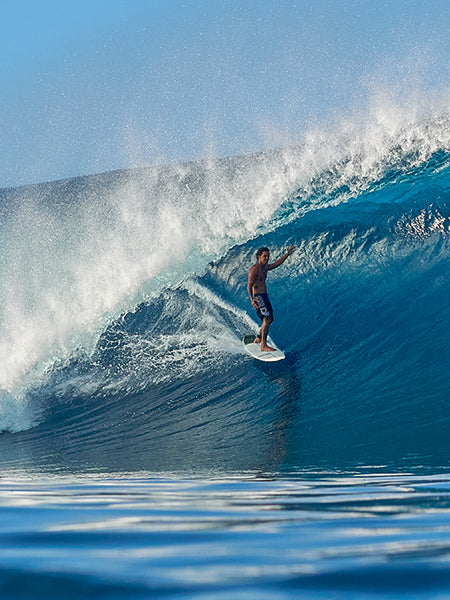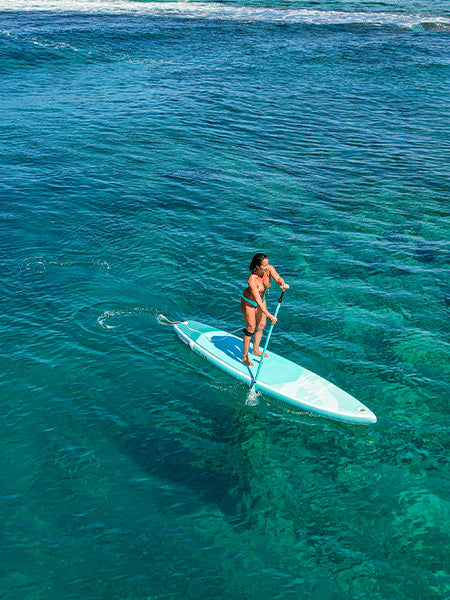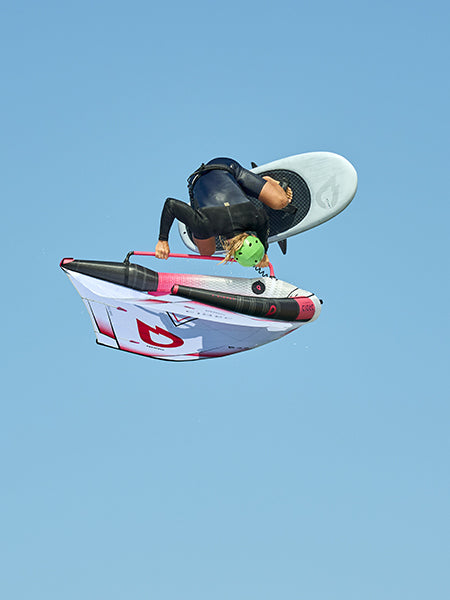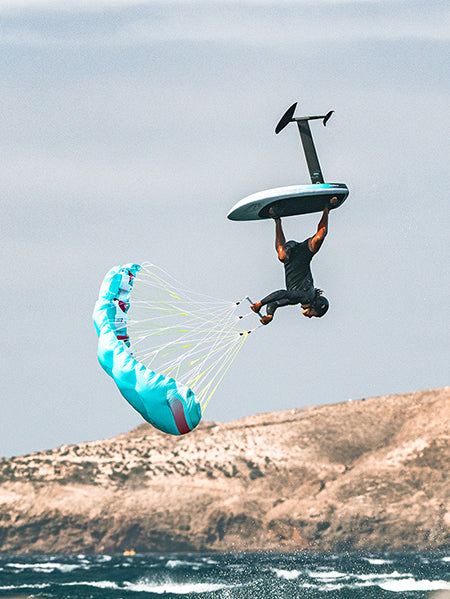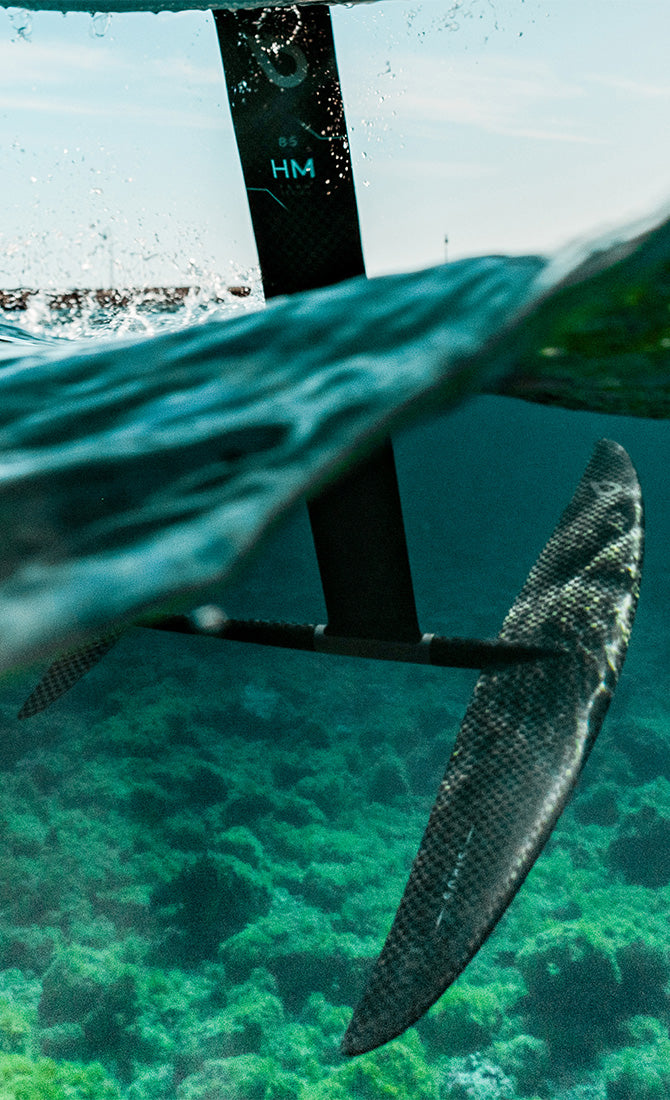Backside re-entry
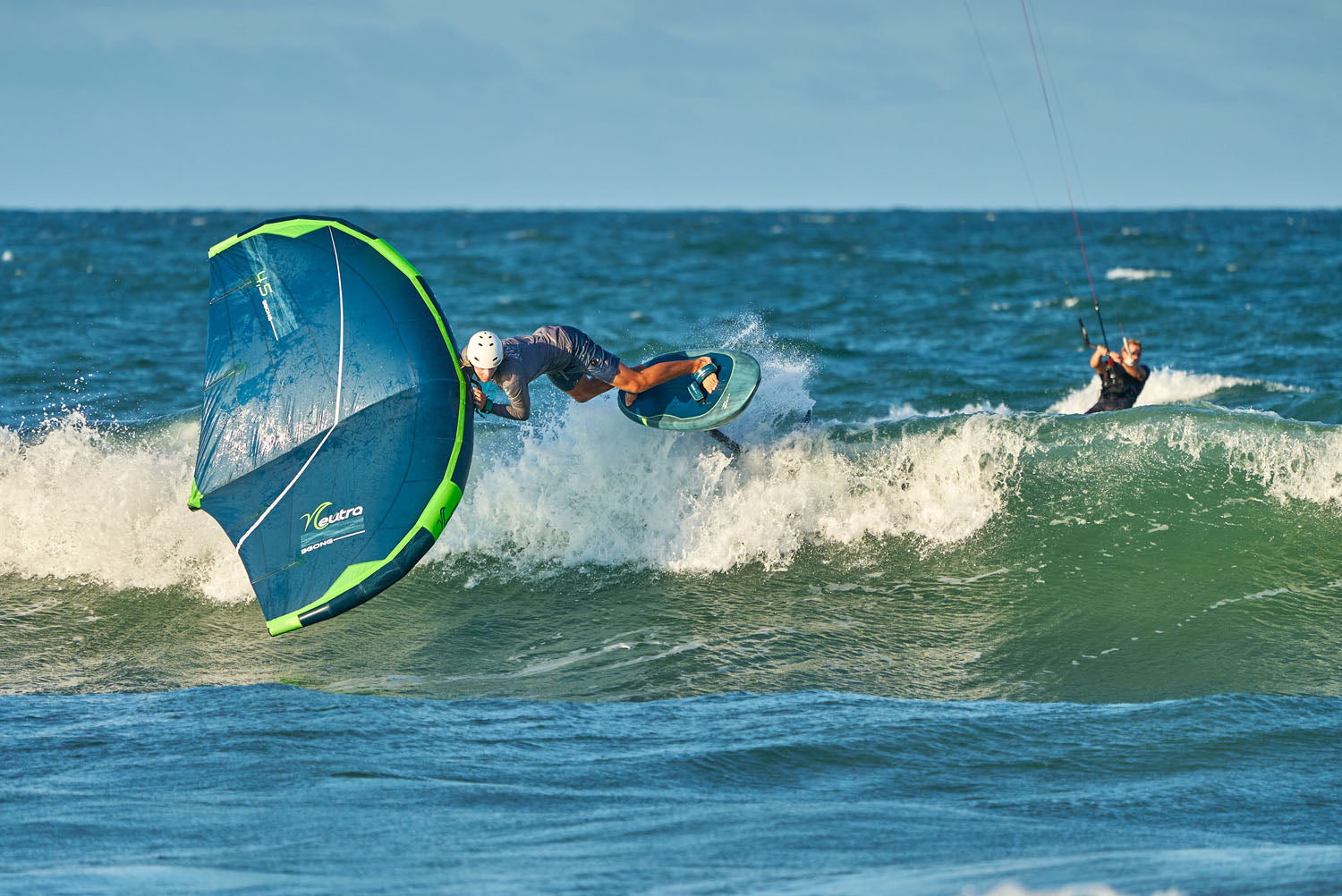
Surf beyond the open face of the wave with the backside re-entry!
Wing foiling is a revolution in the way you can surf waves. Surfers can distance themselves from the hollow part of the wave and carve on fairly safe parts, even a swell bump will do. But if you are a surfer, the search for sensations eventually leads you back to the limits. The high risk re-entry in the disturbances of the whitewater is a good example. Illustration and explanation:
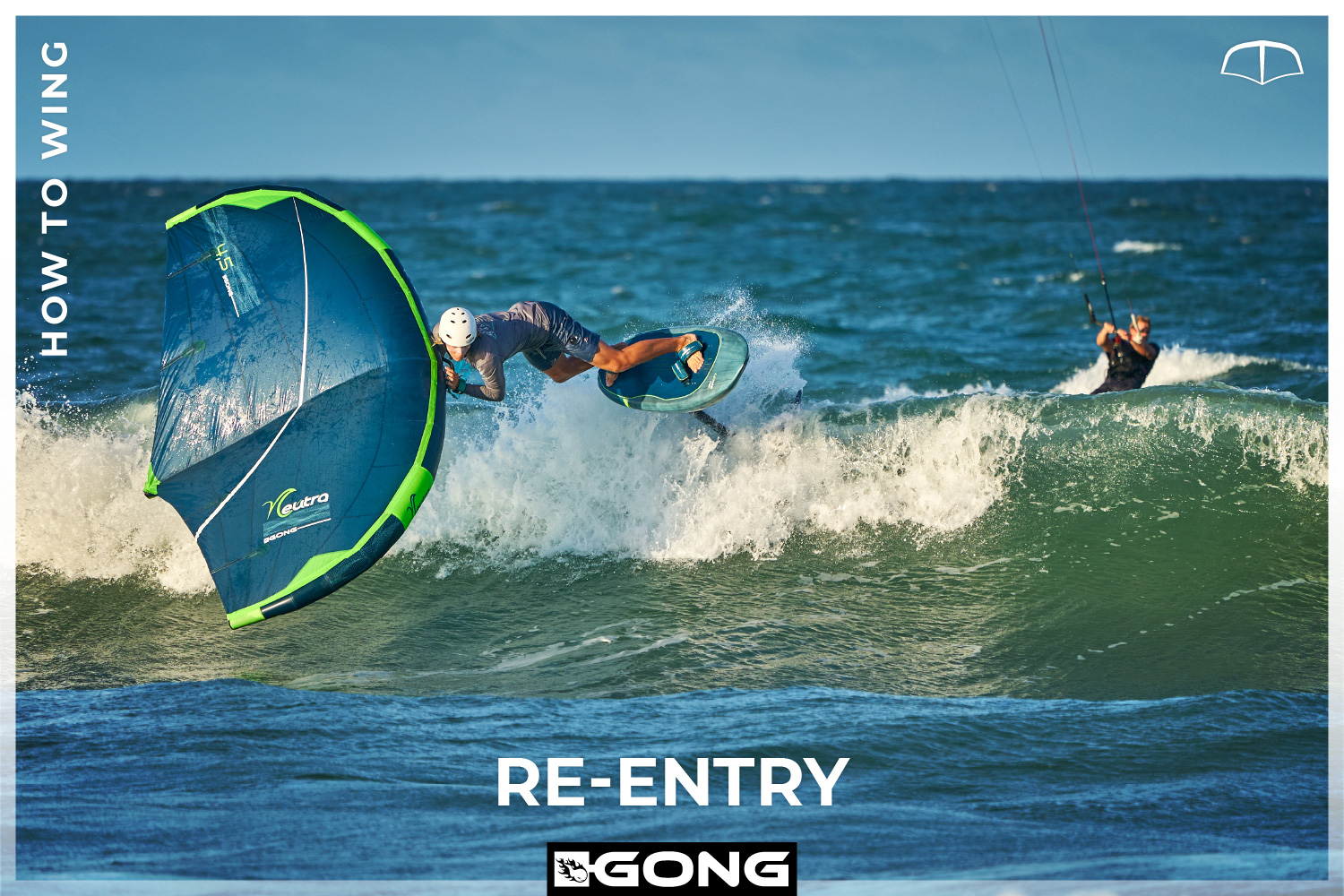
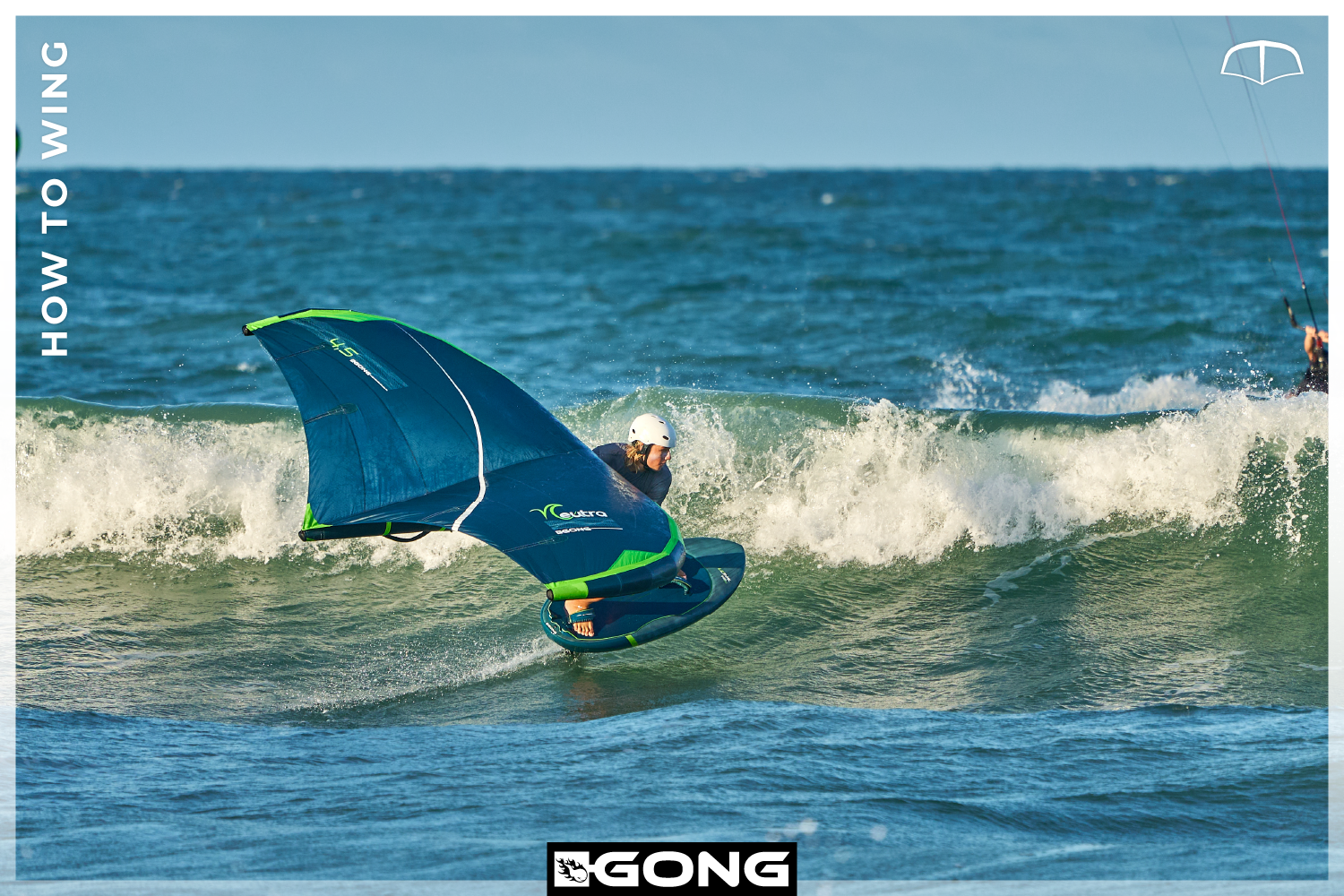
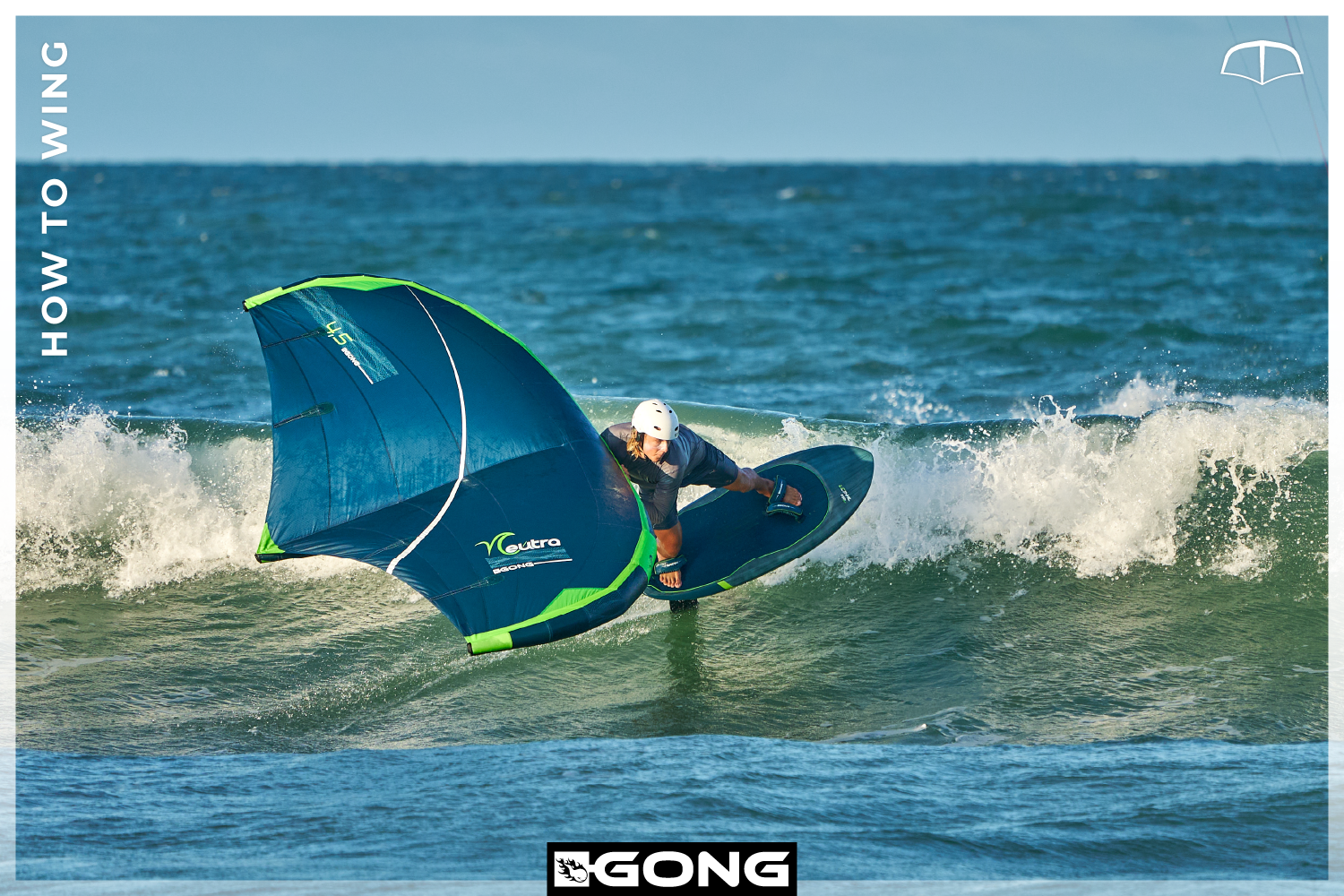
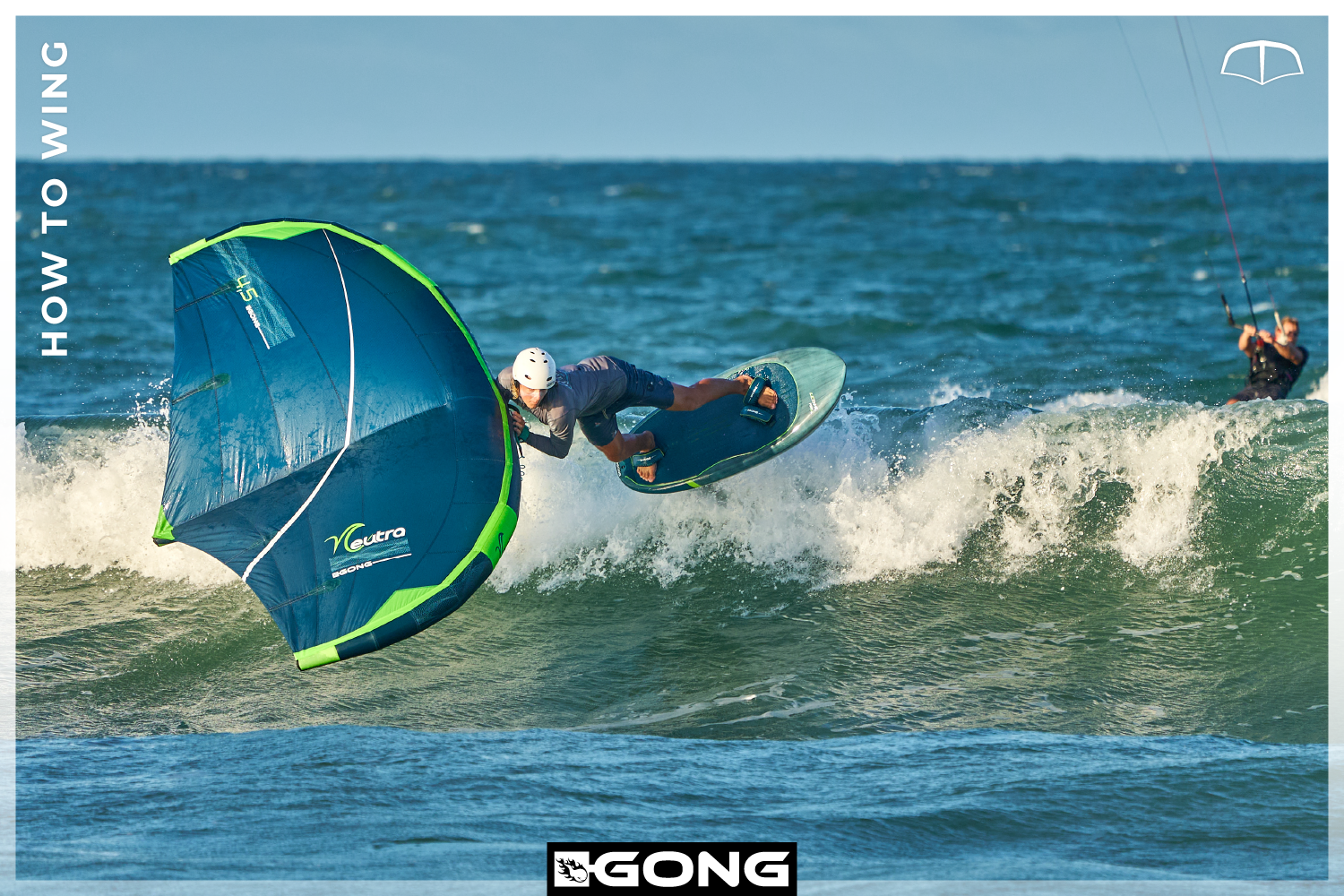
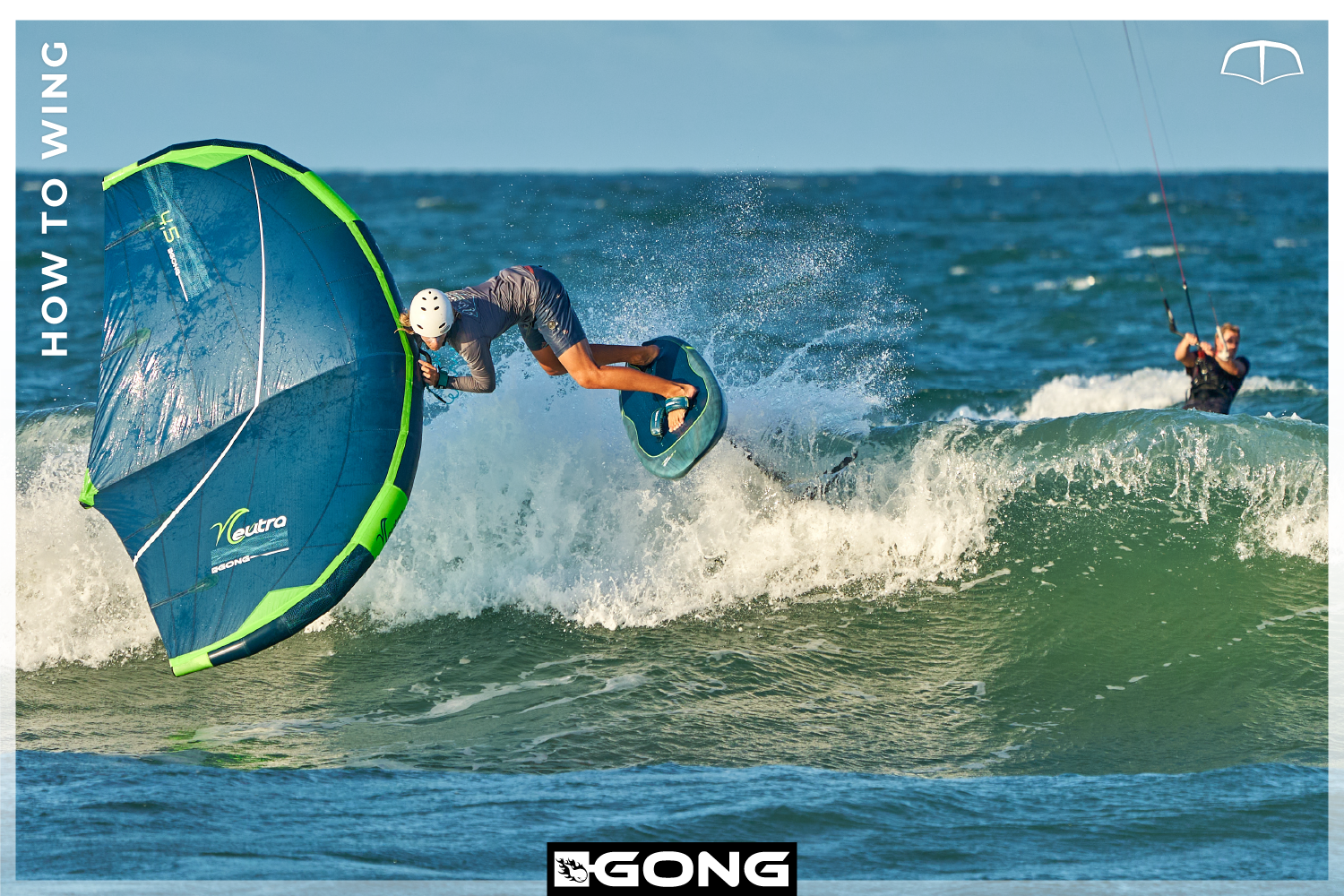
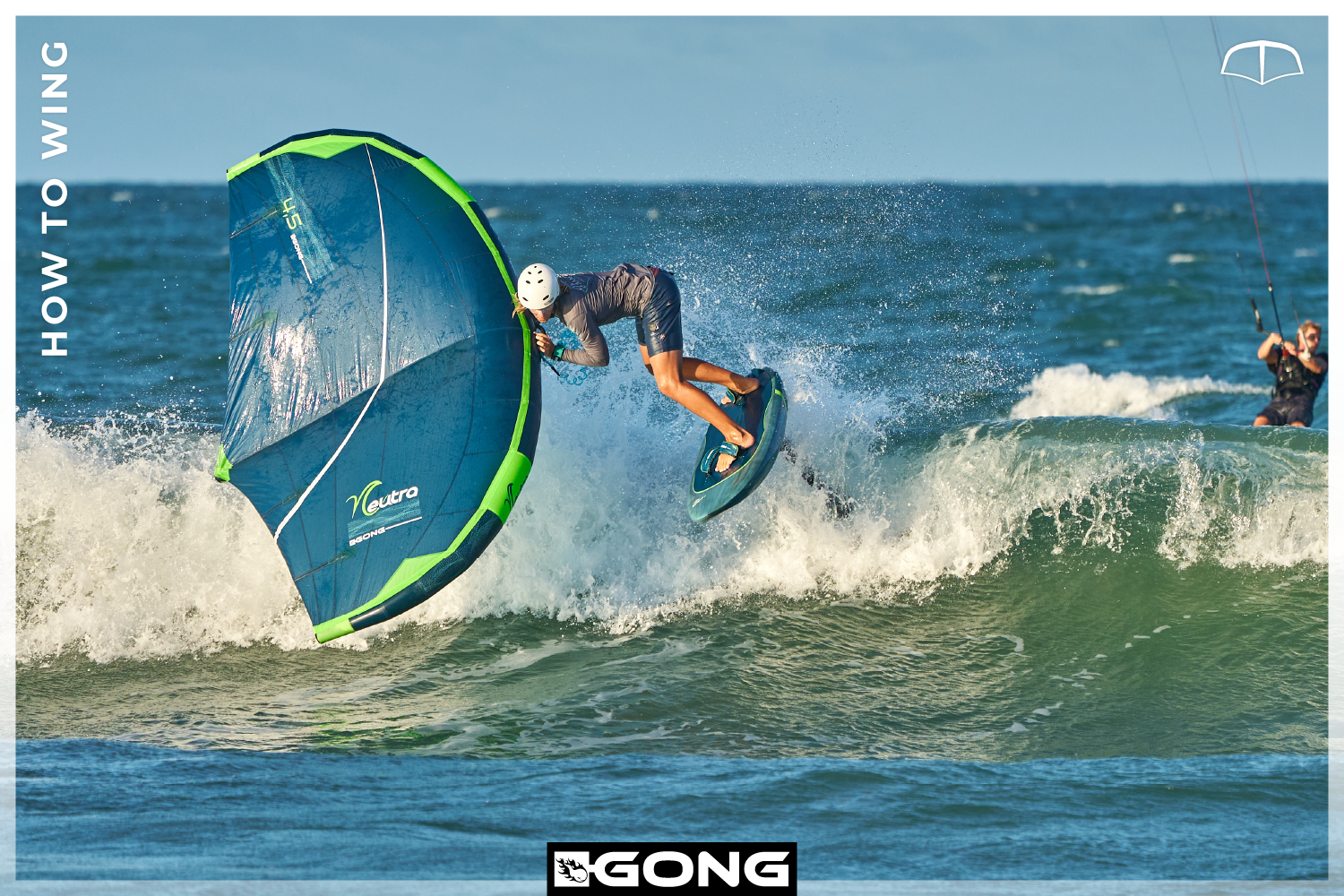
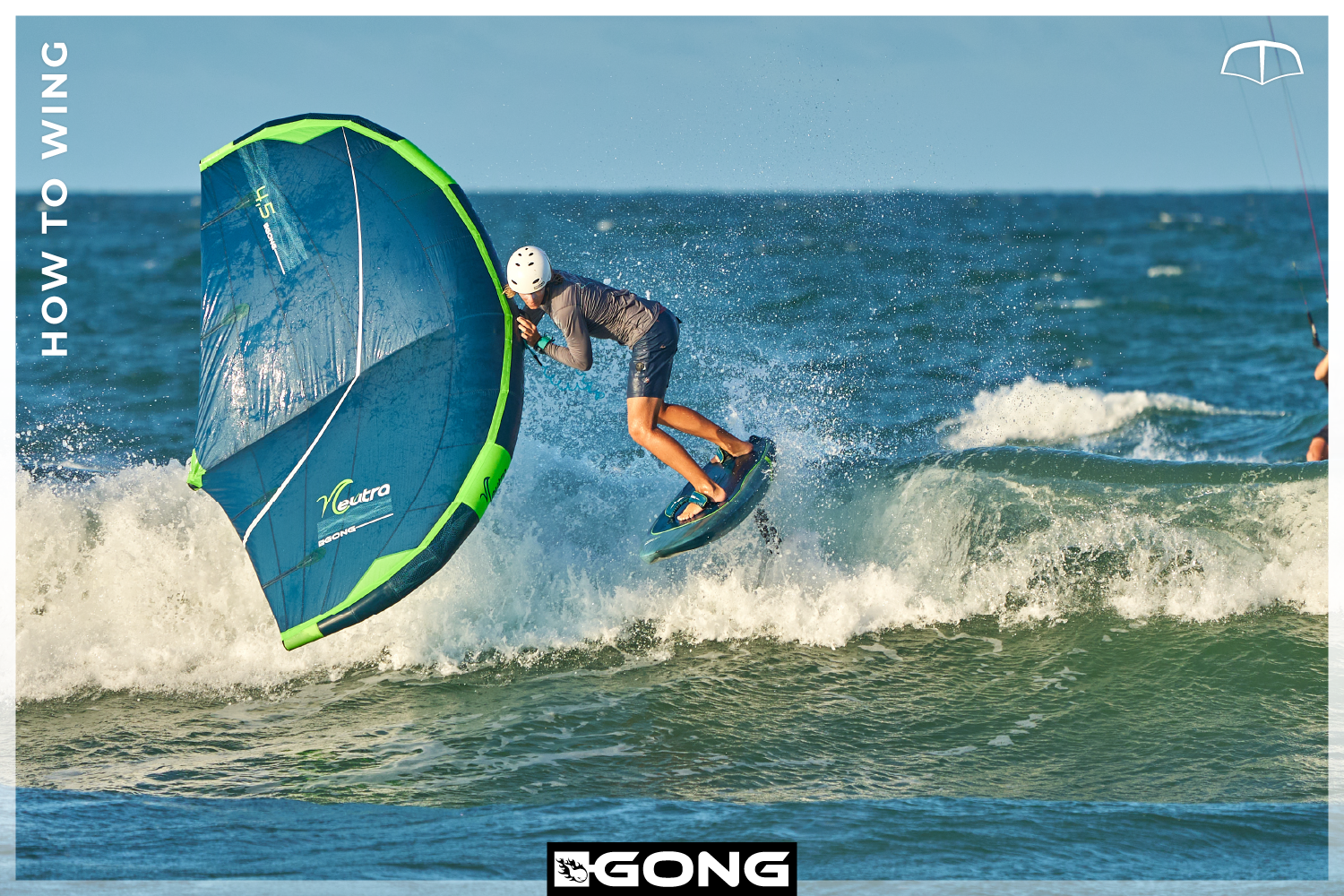
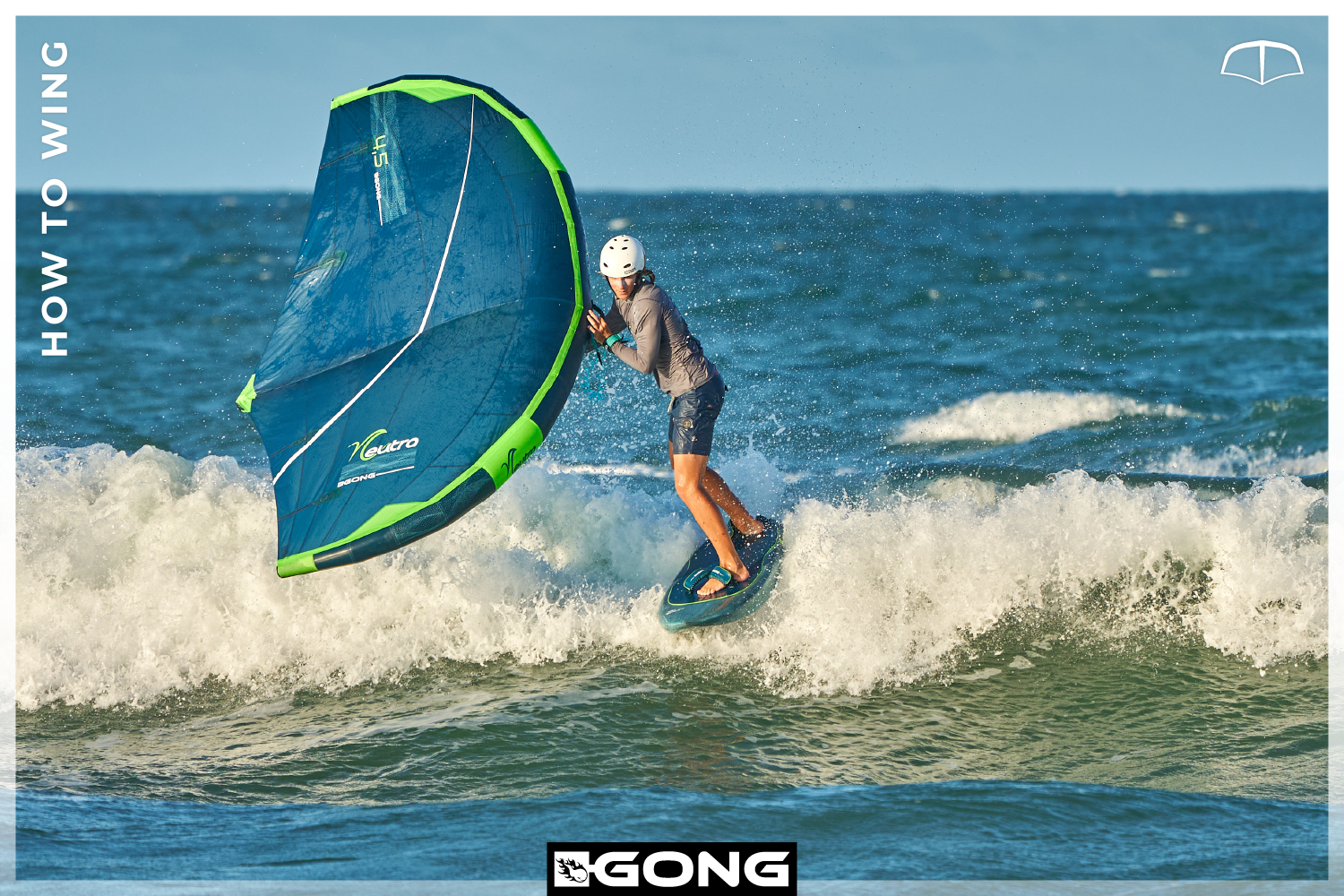
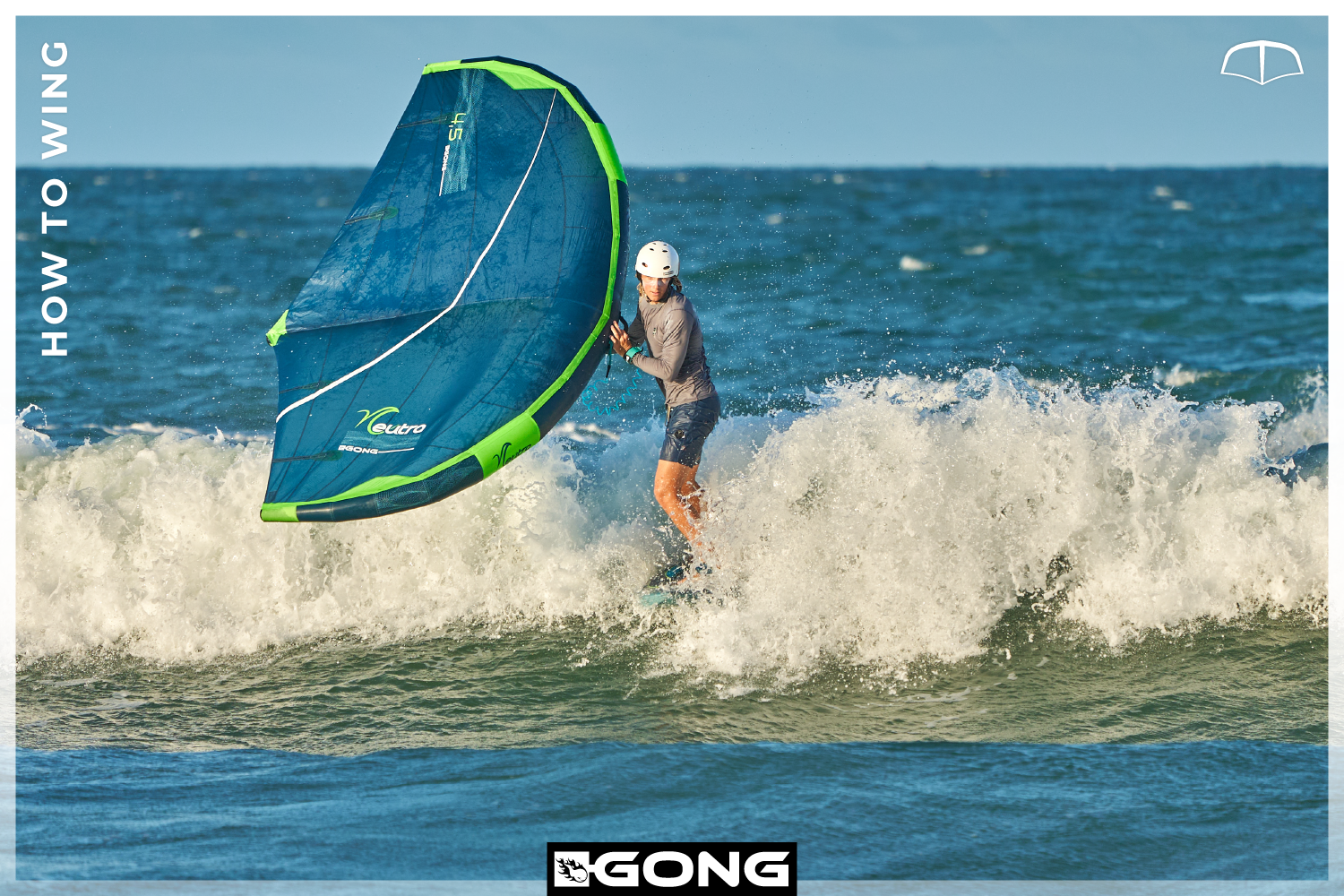
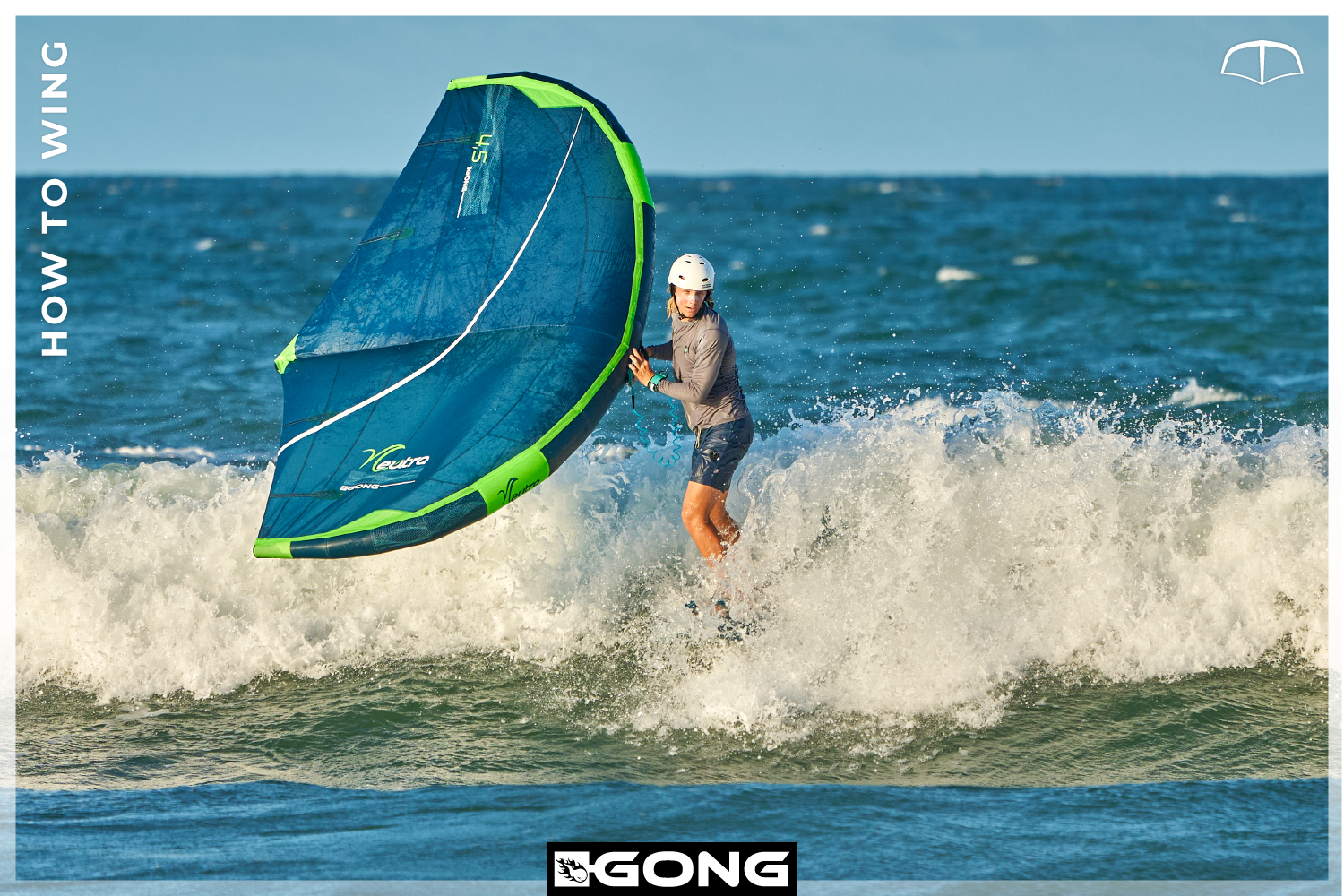
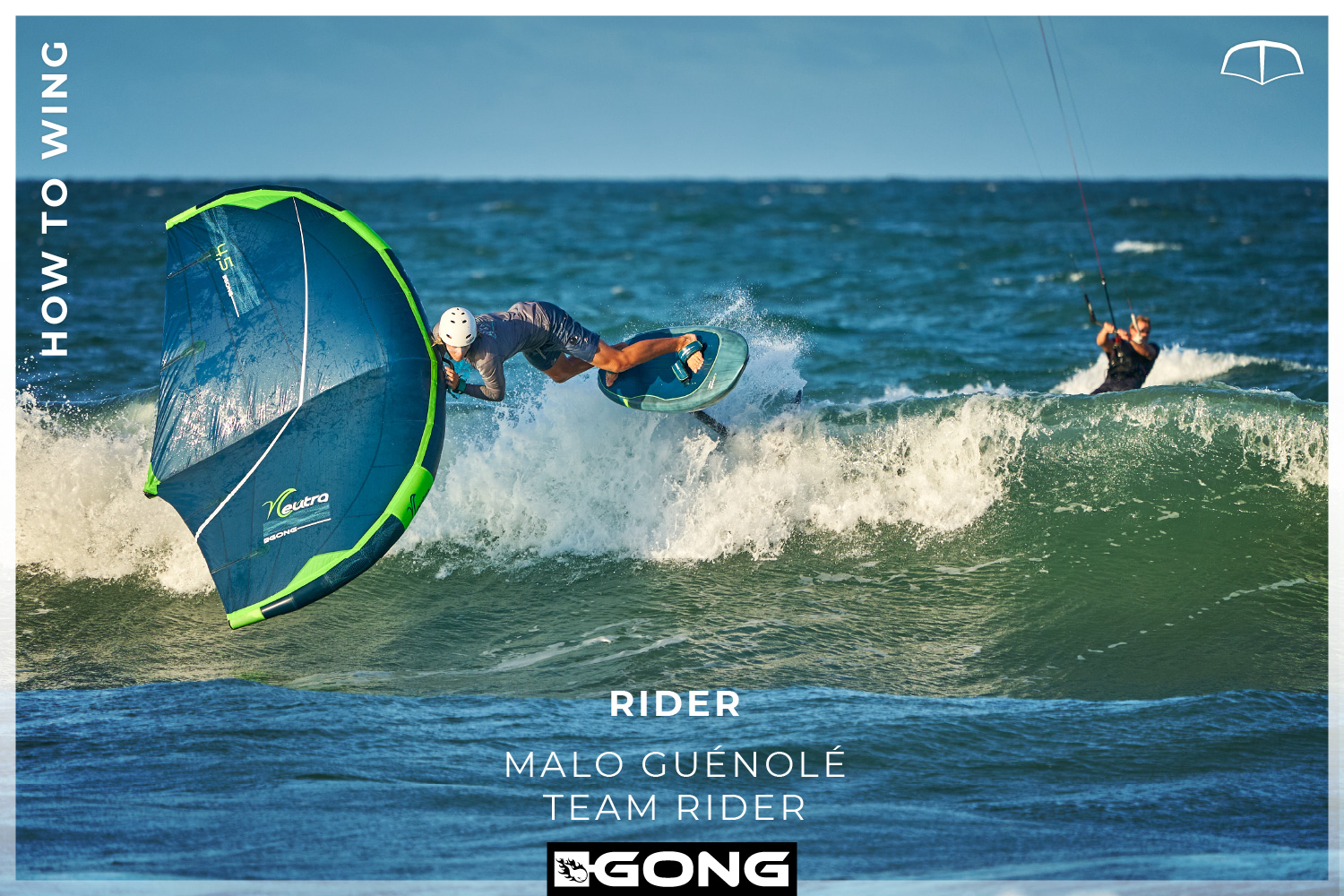
Whether you’re doing a re-entry with a classic surfboard or one with a foil, climbing up the whitewater means crossing an area of turbulence. You might just lose the fins with a stylish tail slide on a surfboard but on a foil, the penalty if you lose it is a sudden stall into a solid crash. The kind of wipe out you wanna avoid in the impact zone of the waves but this is the price to pay for this moment of grace at the top of your turn with your body above the void 😉
To successfully get over this area of turbulence, your best allies are, as often, speed and your gaze. The speed that helps you climb the powerful whitewater of the wave up to its top. The gaze that initiates all movements, upwards at first, then in the descent when the gaze redirects the upper body. It is at the top of the maneuver that this reorientation is essential because at this stage, the stalling of the foil in the whitewater is an almost certainty, if not completely at least in spurts. The question is therefore not whether we are going to stall but rather how we are going to hook back. To avoid wiping out, it is essential to be well centered above your board when the foil sinks under your feet. This is achieved by the inertia that propels you upwards and by twisting the lower body so that it returns to the inside of the turn, bringing the board under the feet.
On your way down your inertia still makes you move forward but the foil has limited lift to offer. This is only temporary because your foil will quickly make you take off again by regaining energy under the turbulence of the wave.
On a foil, we can almost consider the re-entry as an air, as the foil completely loses contact with the lift of the water. The main thing is to be well centered above the board when landing.
The icing on the cake for the strongest: you can put the front wing in a position to hit the lip or the energy at the top of the wave. It’s even more delicate than turning just under it, but the impact created will relaunch your foil on its way down and precipitate a healthy take off.
